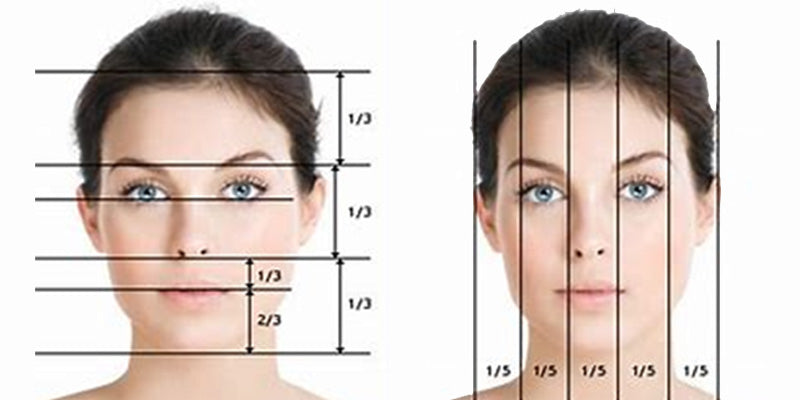HealthCert Education
Facial anatomy and planning safe treatments
Facial anatomy and planning safe treatments
This comprehensive course, "Facial Anatomy and Planning Safe Treatments," equips medical professionals with essential knowledge for performing safe aesthetic treatments. Focusing on detailed facial anatomy, including surface anatomy, innervation, vascular structures, and musculature, it ensures practitioners can plan and deliver effective and safe interventions. Key topics include aesthetic sub-units of the face, nerve blocks, and safe injection techniques to prevent adverse effects. Ideal for those in aesthetic medicine, this course enhances understanding through case discussions, practical exercises, and evidence-based techniques.
 7.0 hrs EA | 5.0 hrs RP | 0.0 hrs OM
7.0 hrs EA | 5.0 hrs RP | 0.0 hrs OM
Couldn't load pickup availability
SKU:SHOP-P5AST
View full details
-

FLEXIBLE TIMING
-

100% ONLINE
-

accredited Course
-

Expert instructor
The Facial Anatomy and Planning Safe Treatmentscourse is meticulously designed to provide medical professionals with a deep understanding of the anatomy and safety measures required for effective aesthetic treatments. This course is presented by Dr. Chris Clifopoulos, an expert in skin and aesthetic medicine. It includes seven units that cover all critical aspects of facial anatomy and treatment planning.
Unit 1: Surface Anatomy and Facial Aesthetic Lines This unit introduces key surface landmarks, such as the masseter muscle and mid-pupillary line, essential for planning safe treatments. Practitioners will learn to identify anatomical points that guide treatment areas while ensuring natural aesthetic results and avoiding critical structures.
Unit 2: Aesthetic Sub-Units of the Face Understanding the face’s sub-units, such as the nasal, orbital, and buccal regions, is crucial for planning treatments without crossing boundaries. This unit emphasises working within natural contours to achieve better aesthetic outcomes.
Unit 3: Anatomy of the Face and Neck - Innervation Detailed discussion on the sensory and motor nerves of the face, including the facial, trigeminal, and spinal accessory nerves. Practitioners will gain insights into how these nerves influence facial expressions and the importance of avoiding nerve damage during procedures.
Unit 4: Anatomy of the Face and Neck - Vessels This unit focuses on the arterial and venous systems, highlighting the critical regions where intravascular injections can lead to complications, such as necrosis or blindness. It offers best practices for safe injection techniques.
Unit 5: Anatomy of the Face and Neck - Musculature A thorough exploration of facial musculature, particularly the SMAS (superficial musculoaponeurotic system), which is integral to facial expressions and aesthetic treatments like facelifts. Understanding muscle placement helps in performing procedures like fillers with precision.
Unit 6: Infraorbital Nerve Block This practical unit covers the technique for administering infraorbital nerve blocks for procedures like filler injections. Participants will learn both intraoral and extraoral approaches to ensure effective anesthesia during facial treatments.
Unit 7: Anatomical Units and Practical Markups The final unit consolidates the course with practical applications, guiding practitioners through anatomical marking and anaesthesia regions. By mastering key landmarks, practitioners can safely perform various aesthetic procedures.
Through a combination of theoretical knowledge and hands-on case studies, participants will complete this course with a solid foundation in facial anatomy, enabling them to conduct safe and effective aesthetic treatments.
- Distinguish basic facial anatomy and evaluate safe treatment.
- Determine key elements of facial anesthesia and assess safe practices.
This course is designed for GPs and is also suitable for all degree qualified medical professionals.
CPD Hours:
- Education hours: 7.0
- Reviewing performance hours: 5.0
- Measuring outcome hours: 0.0
Accreditations:
Royal Australian College of General Practice (RACGP) #451728
Australian College of Rural and Remote Medicine (ACRRM) #31119
Study Mode:
100% online
Study duration:
12.0 hrs self-paced

ABOUT THE PRESENTER
Dr Chris Clifopoulos
This course is presented by Dr Chris Clifopoulos.
Principal doctor at Croxton Medical Centre, Dr Chris Clifopoulos established the practice shortly after completing his training as a resident doctor in St. Vincent’s Hospital, Melbourne. He then obtained his equivalent qualification in Athens. Chris obtained his First Part qualification training for the Royal Australasian College of Dermatology in 1995. He also completed a postgraduate diploma of Epidemiology and Biostatistics in 1997 at the University of Melbourne. He completed his Master of Skin Cancer Medicine through The University of Queensland in 2011.

